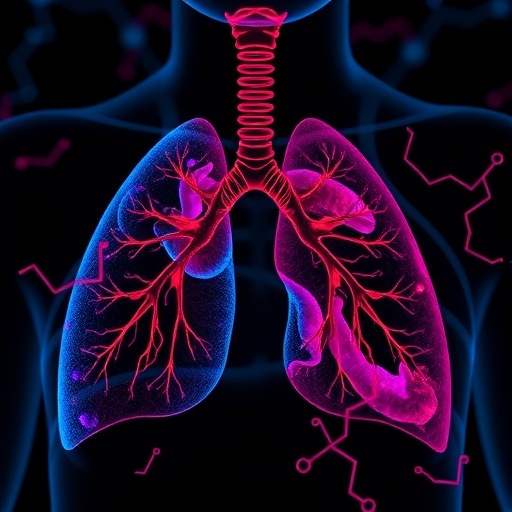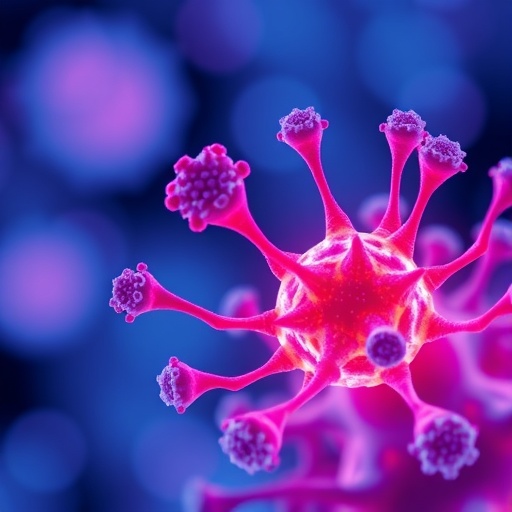NEW ORLEANS, LA – Nonoperative treatment of high school athletes with shoulder instability is an effective approach, according to research presented today at the American Orthopaedic Society for Sports Medicine's Specialty Day in New Orleans. Researchers also noted that using the Non-Operative Instability Severity Score (NSIS) tool can help identify higher-risk patients who may require other forms of treatment.
"Our study showed that of 57 patients who were initially treated nonoperatively for anterior shoulder instability, 79% achieved a full return to sport and completed the following season without missing any practice or playing time," noted lead author John M. Tokish, MD, from the Mayo Clinic Arizona in Phoenix, Arizona, who performed the work with Ellen Shanley, PhD, and their team at the Steadman Hawkins Clinic of the Carolinas. "We also identified certain risk factors, like bone loss, that may make this approach ineffective for certain individuals."
The research included patients who experienced first time anterior shoulder instability and were managed non-operatively, were involved in high school sports with at least one season of eligibility remaining, and had information available on their return to sport following treatment. Analysis of NSIS scores of the patients treated showed those with a score less than 7 returned at a 97% rate, while those who scored greater than 7 had a 59% success rate. Those who were not successful either did not return to their previous sport, or sustained an injury leading to time lost. Of the high-risk patients, those with bipolar bone loss had a failure rate of 67%.
"Deciding how to treat young athletes with shoulder instability can be challenging and controversial, but this research shows doing so without surgery is often successful," commented Tokish. "Physicians can use clinical tools like the NSIS to classify higher risk patients – such as those with bipolar bone loss – who are unlikely to benefit from the non-operative treatment approach and guide their decision making."
Researchers recommend future studies look at larger patient groups over a longer period to build on this data.
###
The American Orthopaedic Society for Sports Medicine (AOSSM) is the premier global, sports medicine organization representing the interests of orthopaedic surgeons and other professionals who provide comprehensive health services for the care of athletes and active people of all ages and levels. We cultivate evidence-based knowledge, provide extensive educational programming, and promote emerging research that advances the science and practice of sports medicine. AOSSM is also a founding partner of the STOP Sports Injuries campaign to prevent overuse and traumatic injuries in kids.
Media Contact
Lisa Weisenberger
[email protected]
847-655-8647
@AOSSM_SportsMed
http://www.sportsmed.org
https://www.sportsmed.org/aossmimis/Members/About/Press_Releases/SD2018-ShoulderInstability.aspx




